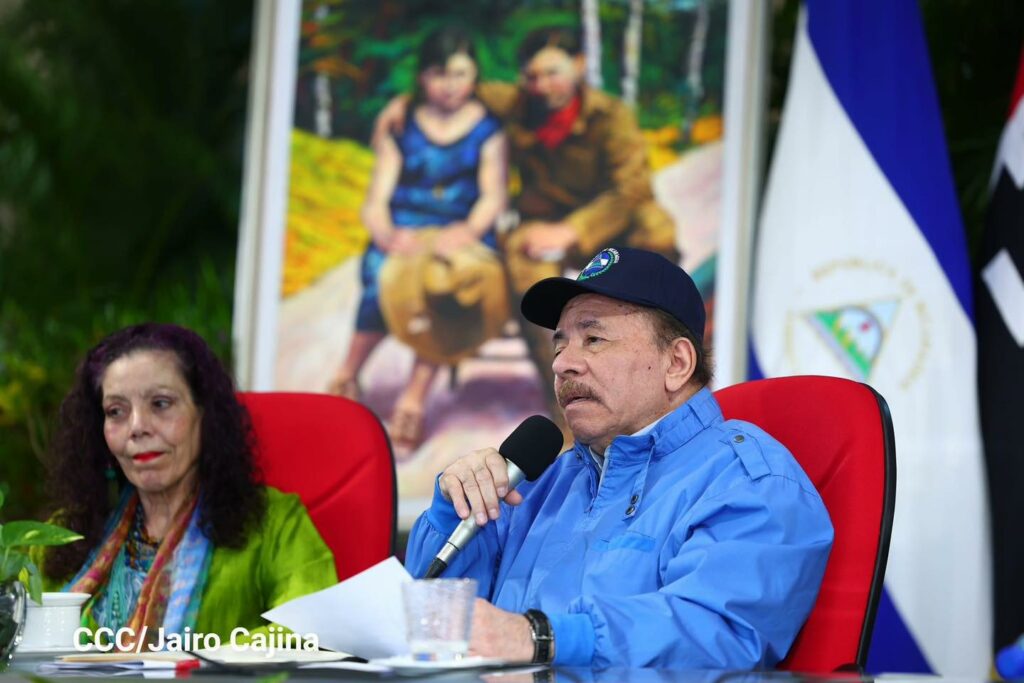Victor M. Quintana S.
P
teach that Mexico can build its food sovereignty without changing eating habits, it is delusional. Although some intellectuals repel, there is a neoliberal diet, a way of selecting, choosing and consuming food linked to the economy and the social forms of neoliberalism: hedonism, excessive sensory stimuli, individualism, rejection of the local, etc.
Since the conquest of our continent by the Europeans, food was one of the main forms of colonization. The foods were classified good
for spanish
that made people and food superior bad
, for indians
that made those who consumed them inferior. Wheat, olive oil, beef or pork, versus corn, beans and squash (http://bit.ly/3HWGZuG).
Thus, a food culture was formed in which European and indigenous elements were combined. The miscegenation of both cultures and also the local gastronomic resistance gave rise to the rich Mexican gastronomy, which prevailed until the end of the last century.
But for three or four decades the globalized neoliberal economy has imposed new eating habits in Mexico. They are one of the facets of the new colonization that we have been suffering. With the commercial opening and the entry into force of NAFTA, in 1994, our food, especially that of young people, neoliberalized
was filled with food scrap, the consumption of dairy products, certain meat products, and fast food franchises expanded. HE ” oxxized our daily eating” and we became the world’s leading consumer of soft drinks and instant soups.
One of the pillars of this neoliberal agri-food model is yellow corn, basic for animal feed, meat and milk production, and high fructose syrup. Consumption of this sweetener, developed in Japan in 1966 and later taken up with singular enthusiasm by the US food industry, has skyrocketed since the mid-1970s, favored by the policies of the US Department of Agriculture. Thanks to these, the Americans substantially reduced sugar imports and began to subsidize the production of yellow corn and promote the export of high fructose syrup, protected by free trade agreements. The per capita consumption of this ingredient in 1974 was five pounds a year, by 2000 it had multiplied to 45 pounds a year.
Critical voices in the United States have shown that the government of that country allocates 60 percent of the grain subsidies that go to animal feed and high fructose syrup. The subsidy to corn growers was $114 billion between 1995 and 2019. The high fructose syrup subsidy has served to keep down the cost of processed foods like bakery, salad dressings, canned foods, and soft drinks . Paradox: taxpayers’ subsidies make them sick as consumers, since the correlation between the consumption of this syrup with the development of metabolic syndrome is clear: obesity, diabetes, hypertension. In addition, every day there are new findings on the harms of factory farms (http://bit.ly/3YvIAgg).
In Mexico, the neoliberal diet has contributed enormously to the expansion of the aforementioned diseases. While Nestlé, Danone, Coca Cola, General Mills, Pepsico, Bimbo and fast food chains such as McDonald’s, KFC or Domino’s make a killing, the costs of the public health system skyrocket: in 2020, diabetes, hypertension and Renal failure cost the IMSS 58 billion pesos.
The penetration of agri-food transnationals affects the health of people and also that of communities and nature: concentration of land, dispossession of indigenous and peasant communities, intensive use of agrochemicals, devastation of natural resources, proliferation of industrial farms, disappearance of small and local food production companies, etc.
That is why the issue of yellow corn imports is key to the current food model: Mexico has just displaced China as the world’s leading importer of the grass, from the United States, with 5,121 million dollars in 2021; 78 percent of yellow corn goes to animal feed and milk production, and high fructose corn syrup already accounts for almost 30 percent of industrial sweetener use.
The import rate of yellow corn is not sustainable, nor can we produce all that we need from one year to the next. The bottom of the matter is: what kind of food are we going to choose. It is an economic, political, social, cultural and health decision. If we want food sovereignty and nutritional health, we need a model that favors the production and consumption of healthy food, produced locally, as far as possible, minimally processed, animal proteins that come from free grazing, not from the concentration of thousands of animals on factory farms. This implies a true pact between the State, producers, distributors and consumers and a planned transition of the agri-food model.
Food sovereignty will emerge as a result not only of the revolution of consciences, but also of the revolution of palates.













